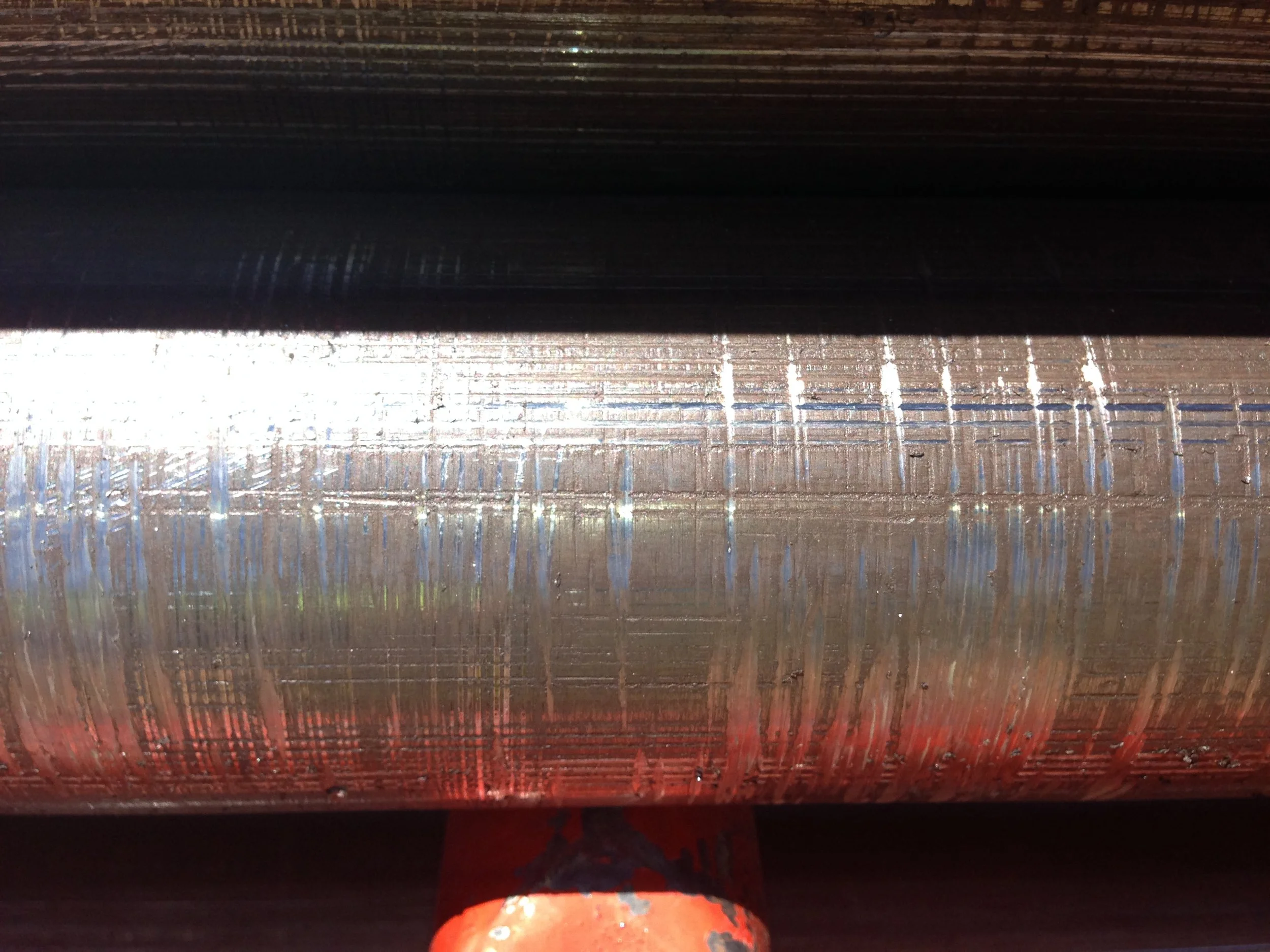Problems Associated with Hands-free Systems
By Colin Rice · Colin Rice Exploration Drilling Advisory · www.colinrice.co.za
While hands-free rod handling systems are becoming increasingly prevalent, they are not without some issues.
This is the third article of our Technical Series on Hands-Free Rod Handling Systems. Click here for an outline of the entire Hands-free Rod Handling Systems Series.
While a number of manufacturers have made significant strides in developing and refining hands-free rod handling systems, they unfortunately suffer from some problems. In addition, successful application of these systems require that drill rigs have accurate and well adjusted systems to assist in efficient make-up and break-out of threaded connections. Some of the problems are explained below.
Head float
A hands-free system relies on connections being made-up and broken-out mechanically, for example, hydraulic longstroke drills achieve this using the rod clamp and hydraulic chuck. When backing-off a connection, the rod clamp is closed to hold the lower portion of the drillstring, and the chuck is closed on the upper drill rod and is rotated anti-clockwise. As the joint is backed off, the top drill rod moves upwards relative to the bottom drill rod and so manufactures design their rigs so that the rotation head is assisted as it travels upwards as the connection is undone. Similarly, it is necessary that the rotation head move downwards during make-up of a connection. This controlled travel while making-up and backing-off a connection is called “head float” and it is a critically important feature of these drill rigs.
If the rotation head is not capable of floating during make-up and break-out then the thread that is being rotated acts as a screw jack and either jacks the rotation head upwards during break-out or downwards during make-up. The mass of a drill rig rotation head is significant and so severe damage to the drill rod threads will occur if the float functionality does not operate correctly – particularly in the case of wireline drill rods.
Thread damage due to misalignment
One of the previous articles mentioned the nature of the threaded connections of thin walled wireline drill rods, these drill rods can be seriously damaged if the two drill rods being connected are not perfectly aligned. The negative effects of misalignment on wireline drill rods cannot be overemphasised.
Thread damage due to cross-threading
Wireline threads are single start threads and when the pin is placed in the box it is necessary that the start of the pin and the start of the box thread are correctly positioned before they are screwed together. If the starts of the threads are not correctly positioned then it is possible that a degree of cross-threading can take place before the threads properly engage. To prevent damage due to cross-threading, it is good practice to rotate the top drill rod a half a turn anti-clockwise before the drill rod is made up. In a manual rod handling process this is very simply achieved but in current hands-free systems this is not done. There is therefore a very high likelihood that threads could be damaged through a degree of cross-threading during make-up.
Surface deformation due to slipping rod clamp jaws
The mechanical joint make-up and break-out systems have to apply sufficient torque to either make or break a connection. If the rod clamping devices do not provide sufficient gripping force then the drill rod will slip in the jaws of the device and this can lead to significant circumferential notching of the drill rods. This is commonly seen in poorly maintained hydraulic long-stroke drills and also in some top drive break-out systems. The photo below shows how these circumferential notches occur when a drill rod slips in the clamping device.
Note the circumferential grooves caused by the drill rod slipping in the holding clamp
Circumferential notching is an extremely serious problem in wireline drill rods as it causes stress risers that will accelerate fatigue failure of the drill rod.
Tilting rotation head
As explained in the previous article, hydraulic cylinders are normally used to move the heavy rotation head into the tilted position. It is essential therefore to ensure that the necessary safety features are built into the tilt system to prevent injury in the event of a catastrophic hydraulic failure.
Economic aspect
Few hands-free rod handling systems are truly hands-free since in many systems human power is required to feed the rod loading mechanism. In addition, the very nature of the systems potentially introduce additional risks to the drilling operation and so I believe that a very thorough assessment of these additional risks must be made before a hands-free system is introduced to a drilling operation. As I stated in an earlier article in this series, I believe that hands-free systems should be mandatory for all rotary, rotary percussion and dual-tube reverse circulation operations but I believe that we should very carefully consider their application in diamond core drilling operations.
From an economic standpoint, hands-free systems come at a cost and in most instances, will increase drill rod tripping time, it seems inevitable therefore that, at least in the short term, they will result in contractors having to charge higher rates per metre.
The question is – will mining and exploration companies accept these additional costs or will they expect the contractor to absorb them?
Despite these apparent negatives, hands-free systems will undoubtedly become an increasingly important feature of our industry in the near future and the companies that have spent considerable time and money developing these systems must be congratulated for their innovation.







The exploration drilling industry is undoubtedly experiencing significant pressure to improve levels of safety performance through the implementation of a number of safety innovations…